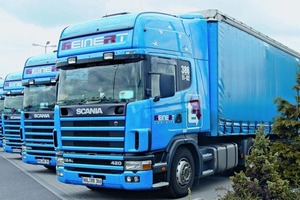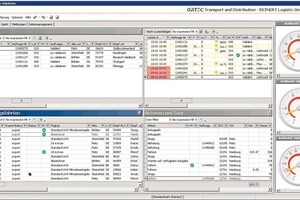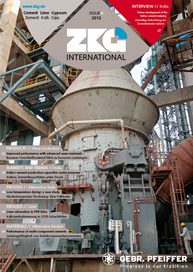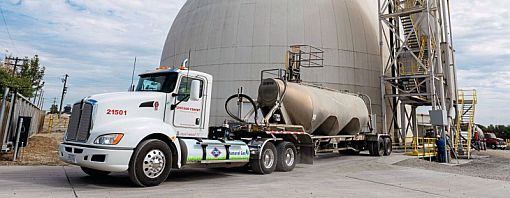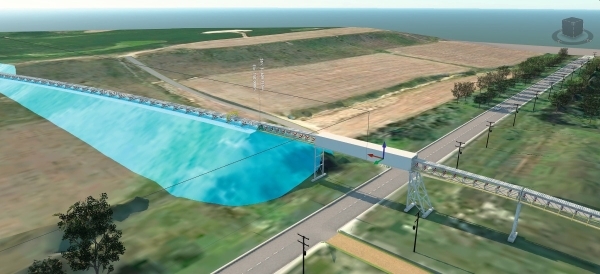Gypsum transports optimized
Optimization in real time
Of particular importance for Reinert Logistic was the ability to interface with the company’s existing Enterprise Resource Planning (ERP) system, JD Edwards Enterprise One. There was also a requirement to feed back information to Lafarge’s customer service team regarding the status of the goods to be delivered, e.g. unassigned, loaded, unloaded etc. In addition, the new software had to be able to successfully take into account various planning constraints, i.e. maximum load capacity, available cargo space, loading location and load time, priority orders, and preferred delivery methods. Finally, it was important to ensure that the system could handle additional route optimization requests in order to incorporate indirect customer orders at a later stage.
Optimization of the route planning
Since go-live, the route planning and optimization process has been following a set pattern. Firstly, Lafarge’s transport orders are manually checked by REINERT Logistic. Then, when the goods are in the loading area and ready to be dispatched, OTD is used to categorize them according to vehicle type. With the software, multiple orders can be assigned to a single route; any additional deliveries can be registered using the route number for the deliveries already planned. This data processing is done automatically. As soon as ORTEC TD has completed the route planning calculations, the data is exported back to the JD Edwards ERP system. Thanks to this integration, JD Edwards can evaluate the loads for all planned routes in order to determine if any loading capacity is not fully utilized. The loading data is then transmitted back to ORTEC TD, and the loads are automatically assigned to these routes.

